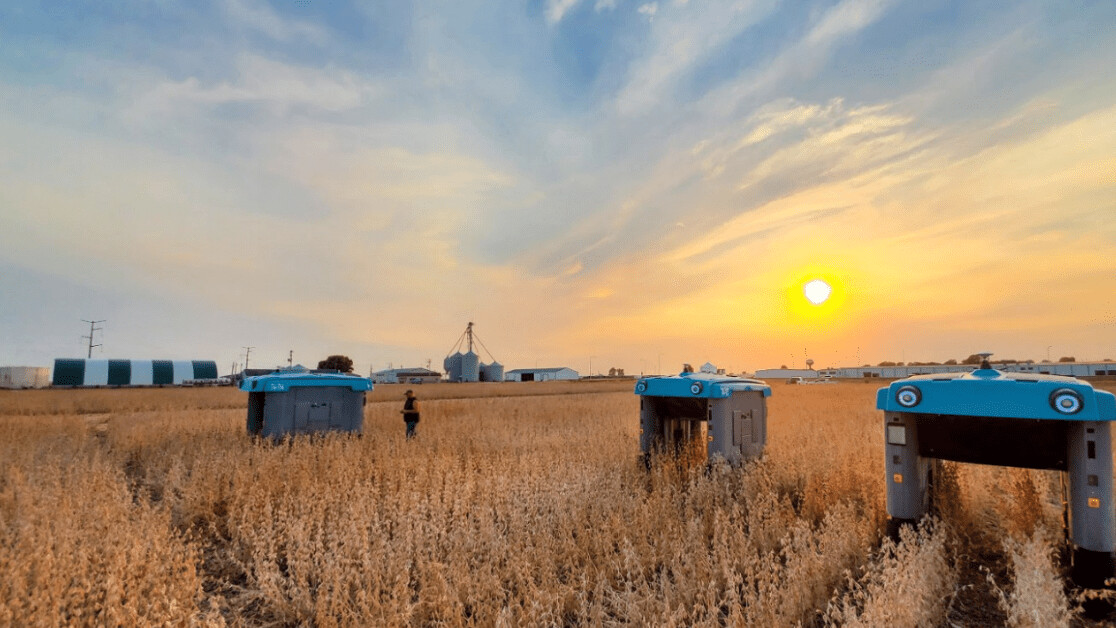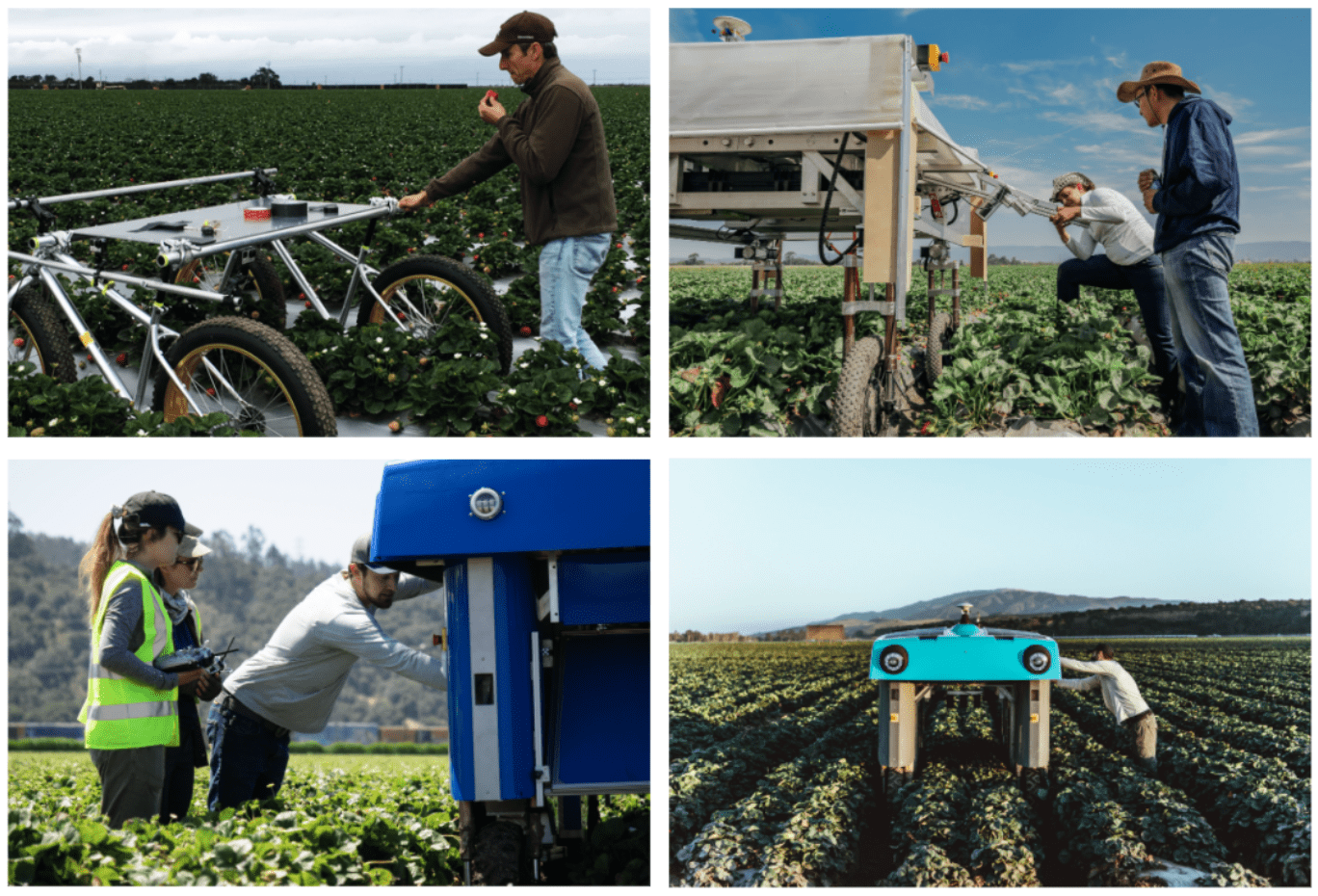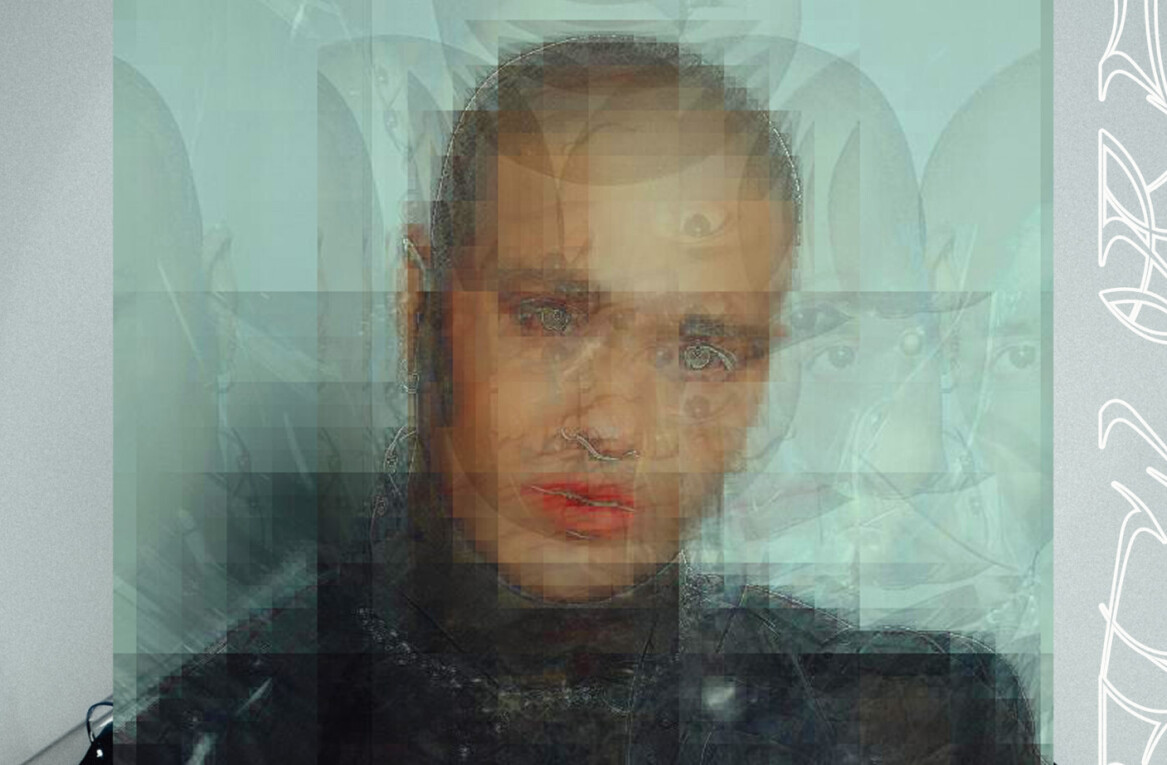
Alphabet’s X lab has unveiled its latest moonshot project: a crop-inspecting robot named the “plant buggy.”
The solar-powered prototype roams autonomously through fields, using GPS software to identify the location of plants. When it finds them, it uses cameras and machine perception tools to study their traits and any issues in the field.
The cart combines data collected from the field, such as plant height and fruit size, with environmental factors including weather forecasts and soil information. This is all analyzed by machine learning to evaluate how the crops are growing and interacting with their surroundings.
The buggy comes in a variety of shapes and sizes so it can adapt to different fields. Alphabet says it can help farmers treat individual plants and predict how different crops will respond to their environments. They could use these insights to forecast the size and yield of a harvest or spot diseases before they ruin a whole crop.
[IBM announces Call for Code 2020 grand prize winner]
The buggy has been tested in strawberry fields in California and soybean fields in Illinois. It’s already analyzed the life cycles of a range of crops, including melons, berries, lettuce, oilseeds, oats, and barley.

The device is part of an X project called Mineral, which was formed to develop “computational agriculture” that analyzes information about the plant world to help make farming more sustainable.
With farming workforces rapidly aging and climate change affecting crop yields in ways that can be hard to anticipate, such AI initiatives could play a key role in securing future food supplies.
Get the TNW newsletter
Get the most important tech news in your inbox each week.





